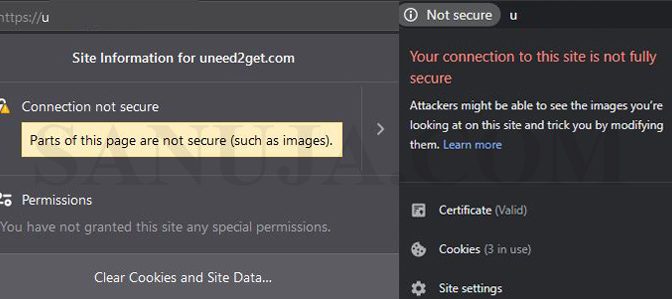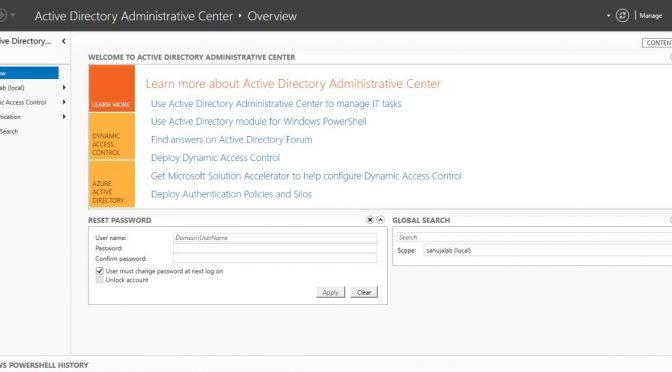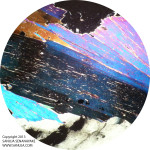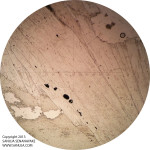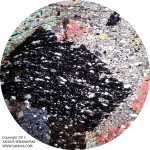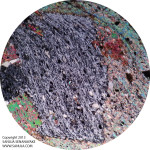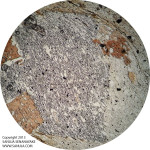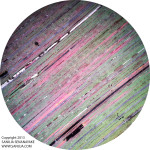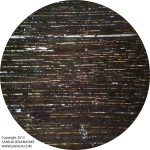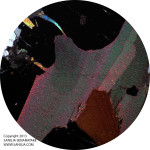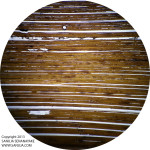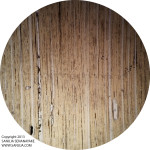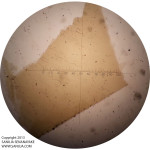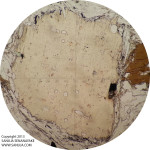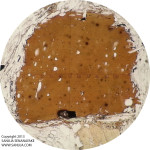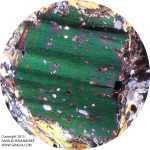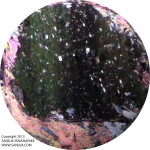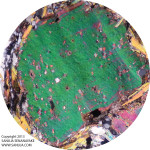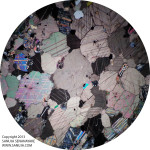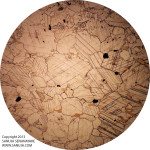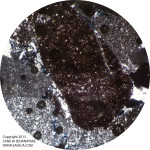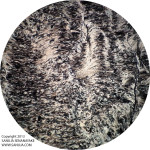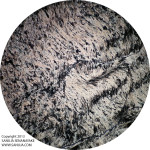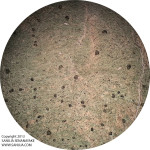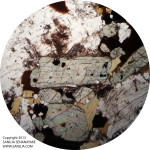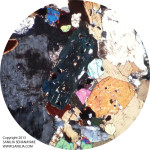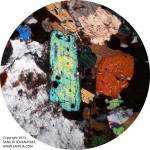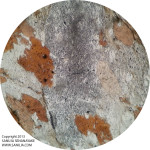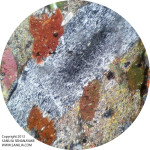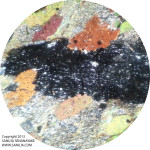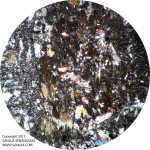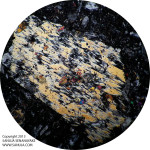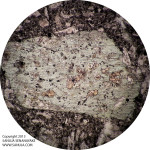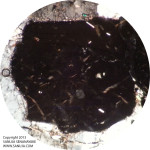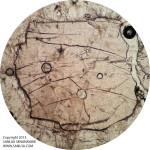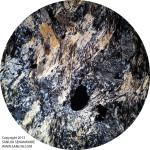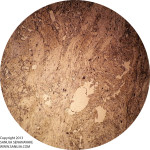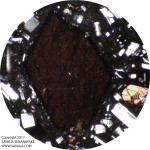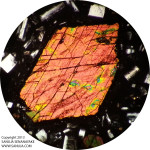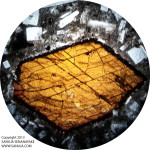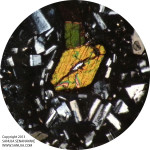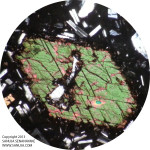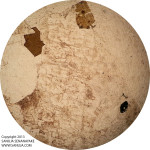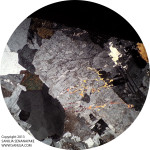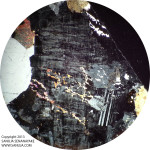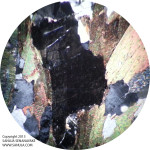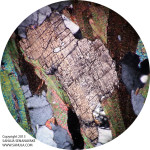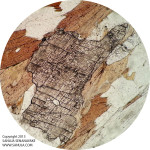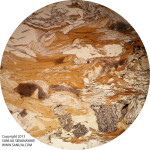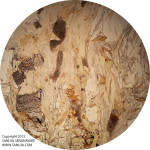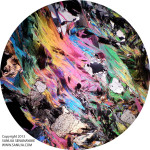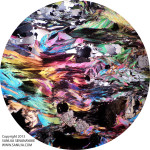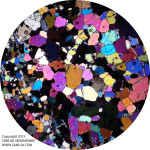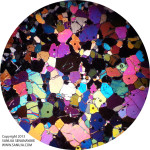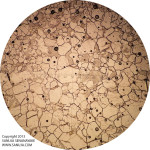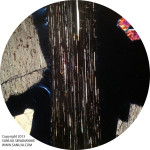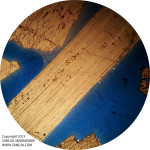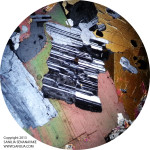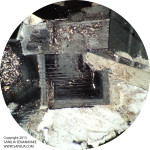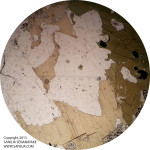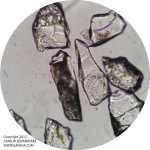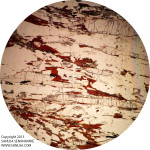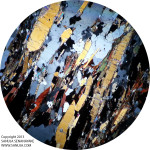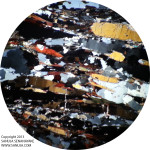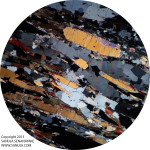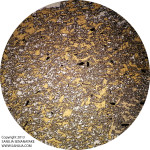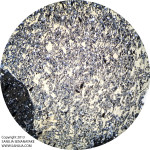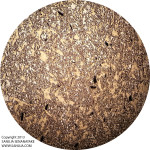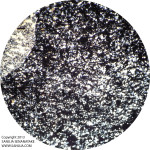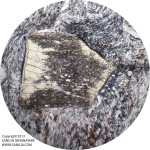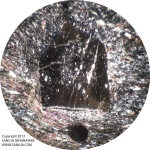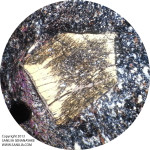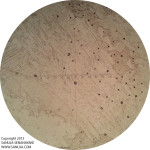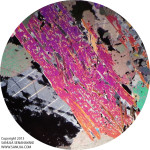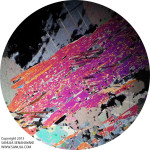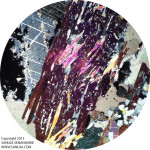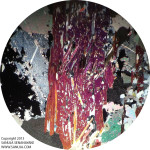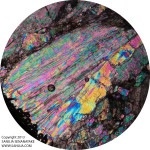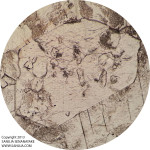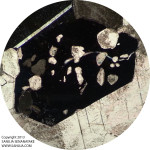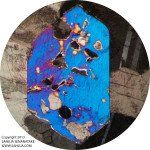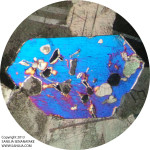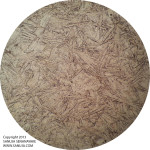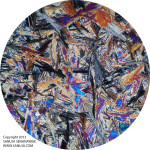Google has announced that implementation of TLS (SSL) certificates benefit the web site owners and can boost SEO ranking of your website. Secure Sockets Layer (SSL) is the predecessor to Transport Layer Security (TLS). It is a misnomer that people call SSL and TLS are interchangeable. Simply put, as a website owner, what you should care about is that your website requests are served in HTTPS (port 443) rather than HTTP (port 80) with a valid certificate.
Tag Archives: featured
How to install Active Directory Domain Services
Active Directory Domain Services (AD DS) is also known as a domain controller. It allows network and IT administrators to manage resources across multiple client terminals. In this article, we will look at how to install AD DS on a Windows Server 2019 (Datacenter Edition) in a few simple steps.
The following guide is based on Windows Server 2019. However, the process is very similar (same) on Windows Server 2012 and 2016 editions. Continue reading How to install Active Directory Domain Services
Improving spatial visualization skills
There are thousands of research reports written on 2D and 3D thinking skills on the internet. You can read them all, but I do not believe absorbing those highly academic reports would make any difference for improving your ability in spatial visualization. The main message in all those reports is; the ability to understand 3D structures are very important to Science and Engineering students.
Photomicrographs of Minerals
Index: B | C | E | G | H | K | M | O | P | Q | S | T | Z | Footnotes
A
Actinolite
Notes:
–wiki
Andalusite
Notes:
–wiki
Apatite (A)
Notes:
–wiki
B
Biotite
Notes:
–wiki
C
Calcite/Dolomite
Notes:
–wiki-Calcite
–wiki-Dolomite
Chert
Notes:
–wiki
Chlorite
Notes:
–wiki
Clinopyroxene
Notes:
–wiki
Cordierite
Notes:
–wiki
Cummingtonite
-info here
E
Epidote
Notes:
–wiki
G
Garnet
Notes:
–wiki
Glaucophane
Notes:
–wiki
H
Hornblende
Notes:
–wiki
K
K-feldspar
Notes:
–wiki
Kyanite
Notes:
–wiki
M
Muscovite
Notes:
–wiki
O
Olivine
Notes:
–wiki
Orthopyroxene
Notes:
–wiki
P
Plagioclase Feldspar
Notes:
–wiki
Q
Quartz
Birefringence: +0.009
Notes:
–wiki
S
Sillimanite
Birefringence: 0.016 – 0.023
Notes:
–wiki
Staurolite
Notes:
–wiki
T
Tremolite
Notes:
–wiki
Titanite/Sphene (A)
Warning!
I am not sure if these images are actually titanite. Please let me know if you can confirm.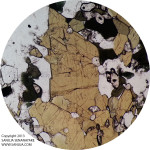
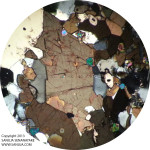

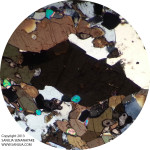
Notes:
–wiki
Z
Zircon (A)
Notes:
–wiki
Footnotes
A – denotes accessory minerals. Colours under the microscope should be noted both under PPL and XPL.
Extinction angle and Interference Colours (Birofingence) is always observed under XPL. Some minerals such as dolomite verses calcite are difficult to identify without a hand sample. These images are NOT a replacement for hands on lab experience. If you find any errors, please contact me.
You may also reference Mineralogy Media Library.
Technical
Microscope: Nikon H550S
Camera: Samsung 8 MP, 3264×2448 pixels
Date(s): 29-March-2013 to 12-April-2013
Samples: Epoxy has an R.I. of 1.55 +/‐ 0.01; thin sections varies between xx-xx μm
Image Size: 1500 x 1500 pix
File Name: Mineral name, Type of polarity and Thin section number (if more than one image, the file number); For example; min_kyanite_xpl_CK192_2.jpg.
Special Thanks goes to…
Mr. W. Matthews and Ms. L. Bloom of University of Calgary.
Disclaimer

Colour balance issues; since it was extremely hard to calibrate the digital camera to reflect the true colours and due to various other factors, the colours in these images may not be perfectly accurate. For example, the Calcite in PPL suppose to look clear.
